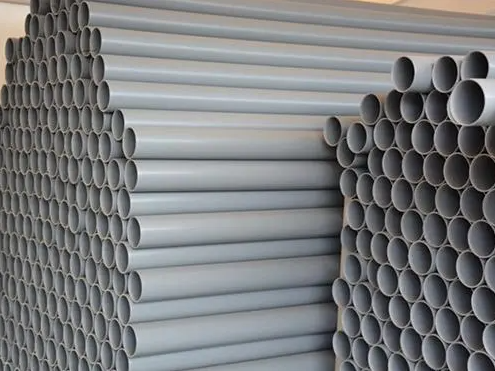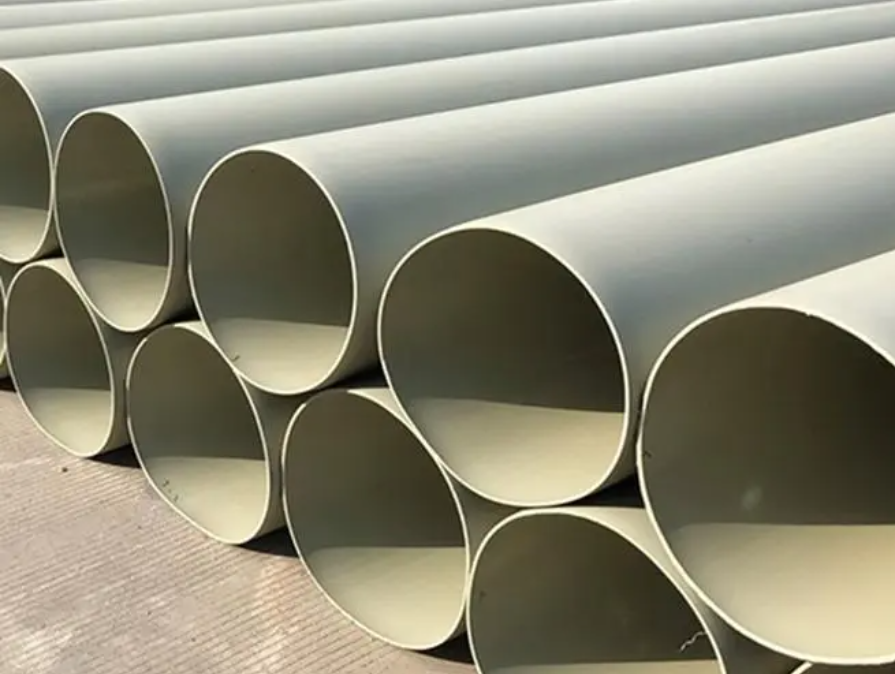The main difference between PP flame retardant air duct and PP air duct is whether flame retardant is added
- PP Flame Retardant Fuel: This material adds a certain amount of flame retardant masterbatch to make the PP material achieve the effect of self-extinguishing from the fire. Flame retardant PP material is suitable for aerospace, chemical, electronic and electrical, machinery, automobile and railway industries, and is used to make machine parts with high strength, high temperature resistance and insulation with various high-performance requirements. The properties of flame retardant PP are affected by flame retardants and are more complex than ordinary PP. Almost all flame retardants will have a certain impact on the mechanical properties and melting index of PP, and if too many flame retardants are added, it may also lead to increased toxicity of products, and even cause serious pollution to the environment. Therefore, the selection of suitable flame retardant PP materials also needs to consider its performance and cost and other factors.
- PP material: This refers to polypropylene (PP for short) material, which is a semi-crystalline thermoplastic. It has the characteristics of thermoplasticity, light specific gravity, chemical corrosion resistance, etc., and is widely used in injection molded parts, pipes, films, fibers and other fields. Ordinary PP sheet is a semi-crystalline material with a high melting point and good heat resistance, but it is very brittle at temperatures above 0°C. In order to improve its properties, a certain proportion of ethylene is usually added for copolymerization to improve its impact strength and transparency.

About PP material
- Abbreviation for Polypropylene (PP). Together with polyethylene (PE), polyvinyl chloride (PVC) and polystyrene (PS), it is known as the four major general plastics. With the continuous progress of polymer modification technology, PP has shown better comprehensive properties than other general-purpose plastics, and its application is becoming more and more extensive. Electronic and electrical devices, auto parts, plastic pipes, films, fiber non-woven fabrics and other fields have traces of PP.
- There are many ways to classify PP, and the commonly used PP in the market can be boiled down to two types: homopolymer polypropylene (HOMO-PP) and copolymer polypropylene (COPO-PP). The molecular structure of homopolymer polypropylene is regular, high strength, and transparent or translucent particles, while copolymer polypropylene is milky white particles because of its structure containing ethylene components and good toughness.

About the performance modification of PP
- There are many ways to blend and modify PP, such as reinforcement, filling, toughening, flame retardant, electrical conductivity, coloring, etc., according to the different needs of the product, one or more functions can be superimposed to give PP excellent comprehensive properties.
- The oxygen index (the minimum oxygen concentration required to maintain its combustion under specified conditions) of PP is very low, only 18, so its positive combustion modification is a trend and inevitable. Flame retardants on the market: brominated flame retardants (decabromodiphenyl ether, decabromodiphenylethane, octabromoether, tetrabromobisphenol A, octabromoS ether, bromotriazine, hexabromocyclododecane, etc.), phosphorus-based flame retardants (coated red phosphorus, triphenyl phosphate, BDP, RDP, APP, MPP, etc.), nitrogen-based flame retardants (MCA, melamine, etc.), inorganic flame retardants (magnesium hydroxide, aluminum hydroxide, zinc borate, etc.), composite N-P intumescent flame retardants, etc., all have a certain flame retardant effect on PP. It is only because of the comprehensive cost, the flame retardant requirements of related PP products, and the shortcomings of the flame retardant itself that we must choose different flame retardants or composite flame retardant systems in different applications to meet the different needs of customers.
